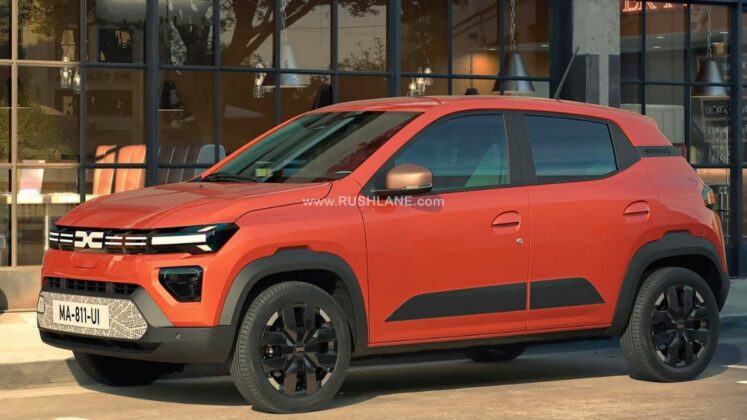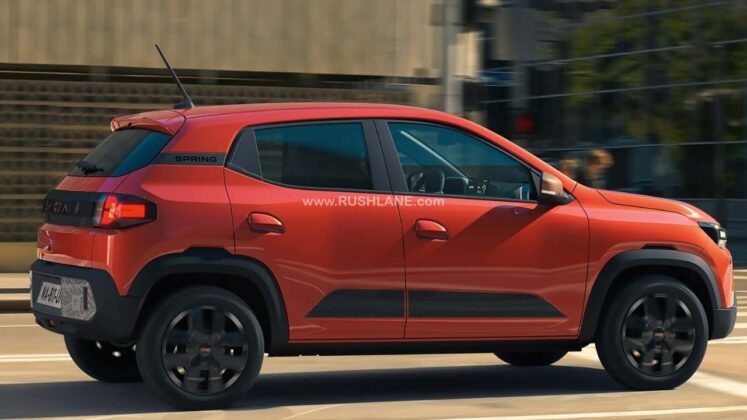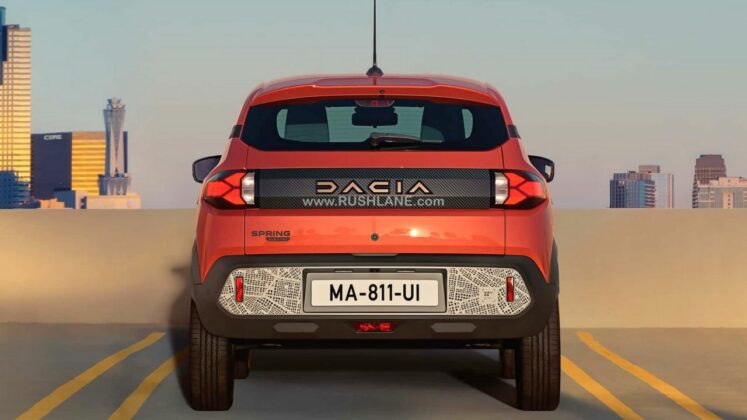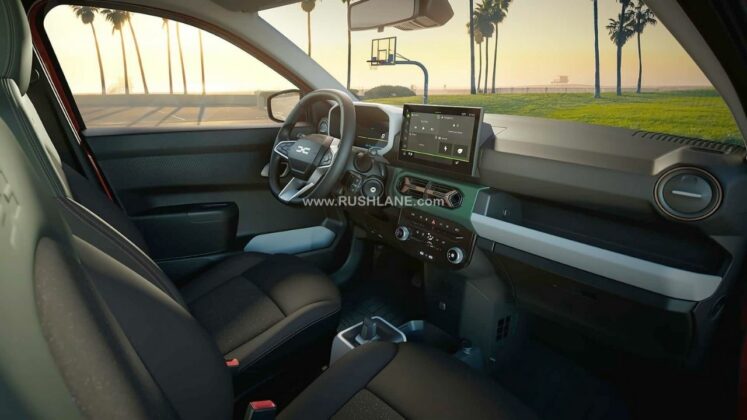Renault India currently offers a trio of vehicles—the Kiger, Triber, and Kwid. The company, along with its alliance partner Nissan, is considering ways to rejuvenate its portfolio in the country. There are indications of a small and affordable Renault Kwid EV being developed, especially in light of the recent update of the Dacia Spring EV.

The Dacia Spring is essentially a rebranded version of the Renault City K-ZE, which is the electric variant of the Kwid sold in India. The Dacia Spring has undergone significant redesign for 2024, presenting a more sophisticated overall design with major revisions to the sheet metal.


The updated appearance includes a new face featuring the new Dacia logo, LED DRL elements, round projector headlights, and distinctive design elements reminiscent of the new Duster. The rear showcases Y-shaped LED tail lights and a black plaque with bold DACIA lettering. Inside, the Dacia Spring features an all-new dashboard with a free-standing 10.1-inch touchscreen infotainment system, Duster-inspired center AC vents, and a new auto climate control panel. The interior design boasts contrasting colors, new textures, and elements, providing a more upscale appeal compared to the current Dacia Spring, Renault City K-ZE, or Kwid ICE.

To meet European requirements, the Dacia Spring includes Advanced Driver Assistance Systems (ADAS) features and driver monitoring. The powertrain options consist of a single 26.8 kWh battery offering a claimed range of over 220 km on a single charge. Despite being an electric vehicle (EV), the new Dacia Spring (potential Renault Kwid EV) weighs under a tonne, precisely 984 kg. Two motor options are available—a 45 bhp unit and a 65 bhp unit—both driving the front wheels. The latter supports 30 kW DC fast charging, while the former relies on 11 kW AC charging.






